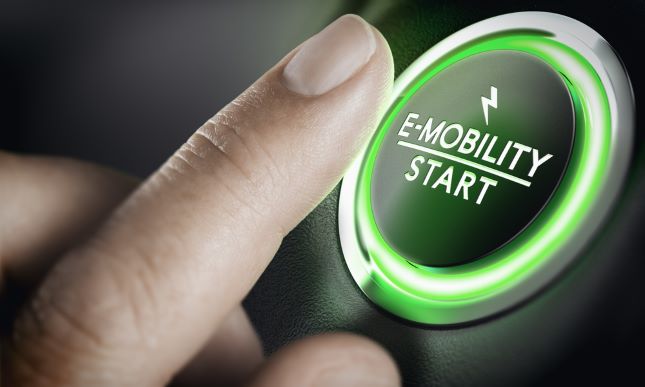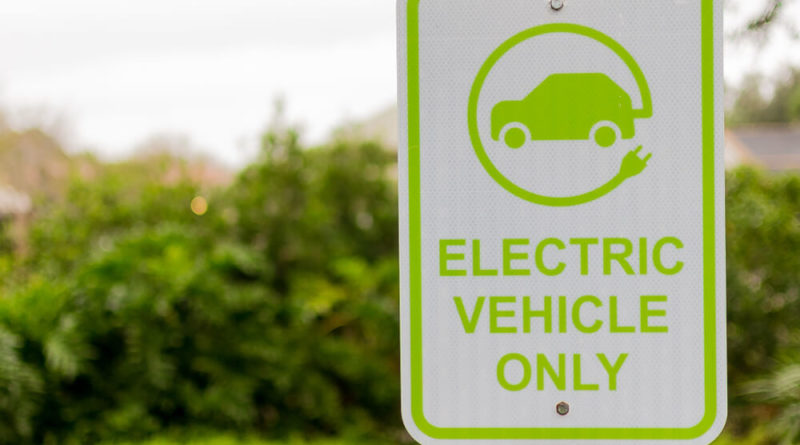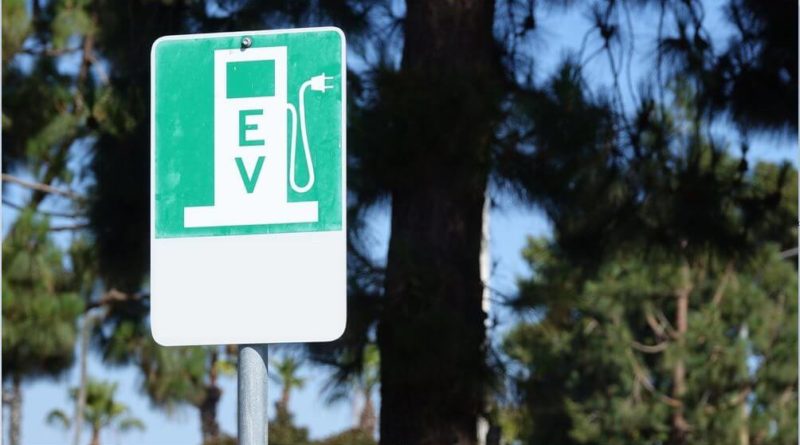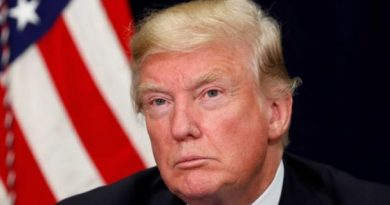Indian Government Plans To Levy ‘Green Cess’ On Petrol Two-Wheelers
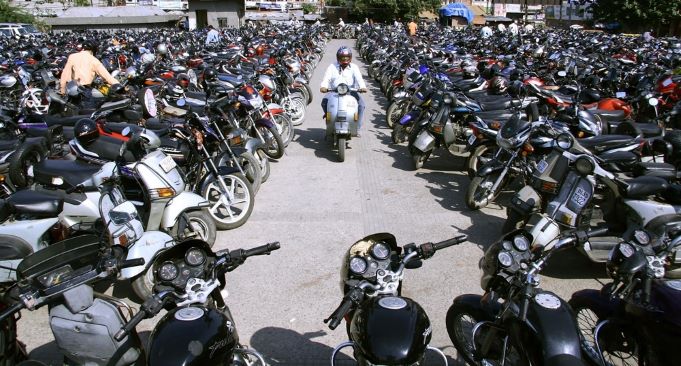 Two-wheeler sales have risen by 12.8% to 21.6 million units in 2018
Two-wheeler sales have risen by 12.8% to 21.6 million units in 2018
People might simply call this another revenue raising move under the garb of green cess, but the Government of India seems to be cnsidering the two wheeler segment seriously now. In a bid to ostensibly make electric two-wheelers or Electric vehicles in general, attractive for the common man, it plans to roll out additional cess on the sale/ purchase of new petrol two-wheelers in the country.
Two-wheeler buyers may soon have to pay more to drive home motorcycles and scooters with the government planning to levy a ‘Green Cess’ on petrol-powered bikes to subsidise the electric ones.
The proposal seeks to impose a Green Cess of Rs 800-1,000 on gasoline two-wheelers to incentivise and bring on road a million electric two-wheelers in the next 2-3 years.
“Today, the price differential between a petrol and an electric two-wheeler stands at Rs 55,000-60,000. The idea is to reduce this gap as much as possible by levying a small cess on vehicles which are polluting. The incentive will help promote widespread usage of electric two-wheelers and thereby address the concerns about rising crude oil imports and vehicular pollution,” , according to an unknown source quoted in a national financial daily.
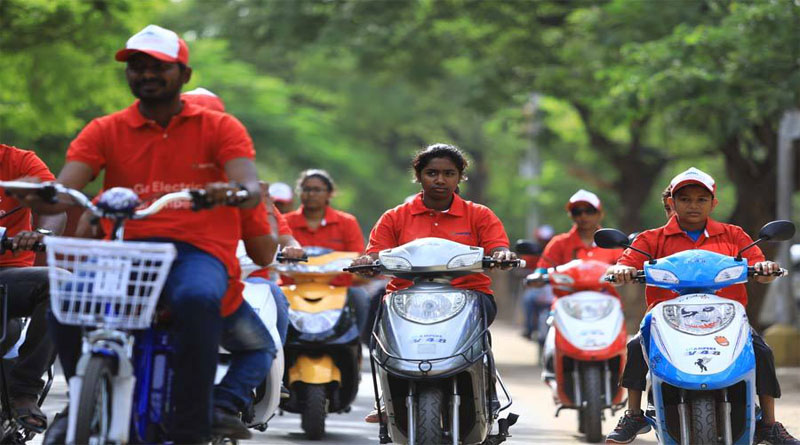
Two-wheeler sales have risen by 12.8% to 21.6 million units in 2018. And according to the same source, “Sale of electric two-wheelers can compensate for that moderation in growth. But if the one million (electric two-wheelers) does not happen now, then the next four million will not happen, the supply chain will not happen.”
Of course, all well and good if the money is being seen to be used for the purpose. All we have seen so far has been the funds raised dissapearing into the bottomless pit called the consolidated fund of India, or even where raised for outcomes, being diverted to roads and other infrastructure. Even the policies on EV charging have seen more action at state level than any central government sponsored push.
This marks the first time that Indian government is considering its Feebate policies to the two-wheeler segment. For instance, if every IC engine two-wheeler priced at Rs 60,000-70,000 pays a 1.6-1.7% feebate of Rs 1,000, it would create a pool of Rs 2,000 crore in a year (assuming sales of 20 million units), an SMEV analysis shows. On the other hand, two wheeler owners are more numerous than car owners, and will not take kindly to an additional fee.
Worse, even after subsidies, an electric two-wheeler costs Rs 30,000 more than the closest IC engine option. So there could be a room for greater tax relaxation, possibly by further reducing or rationalising GST for EVs. Currently, a 12% GST applies on EVs, as against a 28%-plus GST on petrol and diesel cars and hybrid vehicles.
Steps Taken
Till date, in order to promote electric vehicles, the government has notified for retro-fitment of the hybrid electric system or electric kit to vehicles and has specified the type approval procedure of electric hybrid vehicles. In addition, to provide EVs with a distinct identification the registration mark for battery operated vehicles is to be on a plate with green background.
To encourage the usage of electric two-wheelers of upto 4.0KW motor, the ministry has allowed granting the licence to age group of 16-18 years to drive this gearless e-scooters/bikes.
When it comes to facilitating charging infrastructure, the Ministry of Power issued a policy on charging infrastructure and has clarified that charging electric vehicles will be a service, that did not amount to sale of electricity, which will enable stakeholders to set up the charging infrastructure easily. In addition, the Ministry of Housing and Urban Affairs has made amendments in the Urban and Regional Development Plans Formulation and Implementation (URDPFI) guidelines to provide for electric vehicle charging stations in private and commercial buildings.
On the other hand, the Indian Space Research Organisation (ISRO) has commercialized the indigenously developed lithium-ion battery technology and has already selected 14 companies for transfer of technology, that will promote localization of the technology, thus lowering the TCO for EVs.
The government’s premier think-tank body, NITI Aayog has taken an initiative to provide a Model Concessionaire Agreement (MCA) document for introducing electric-bus fleet in cities for public transportation on Public-Private Partnership (PPP) mode on operational expenditure (per km basis) model rather than paying the upfront capital cost. This move is said to enable OEMs as service provider thus leading to lower CAPEX for the government.
All of these steps have been put in place to bring on the road a million electric two-wheelers in the next 2-3 years, in line with its e-mobility dream. National Electric Mobility Mission Plan 2020′ (NEMMP) targets sales of 6-7 million sales of hybrid vehicles (that run on both electricity and conventional fuel) and all-electric vehicles every year from 2020 onwards–roughly 25% of all new vehicles.
Despite its announcement of rolling out a proposed investment of Rs 5,500 crore over the next five years for faster adoption and manufacturing of hybrid and electric vehicles (FAME), it may not suffice as the cost of transition by 2030 would be much higher than estimated. Phase 2 of FAME planned to cover a wider range of EVs providing subsidies in the range of Rs 1,800-29,000 for battery operated scooters and motorcycles. For three-wheelers, the incentives would have had the range from Rs 3,300 to Rs 61,000. But after the initial announcement, the FAME-II has been on governments’ backburner since October 2018.

